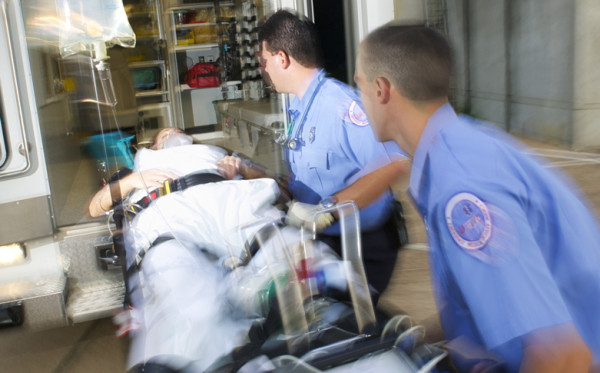As front door to healthcare, emergency rooms receive almost all kinds of patients. Most of us will have to visit the ER at least once in our lives. Oftentimes, we see it as it is depicted on movies and TV shows—a chaotic battlefield.
However, there’s more to the ER than the action-packed environment we see. Many of us are unaware of what really happens beyond those glass walls, and how patients are really treated. Here are some of the most important myth-dispelling facts that we ought to know.
Myth: Patient satisfaction comes above all else.
While everyone is entitled to customer satisfaction in any service offered, customer satisfaction does not necessarily equate to patient satisfaction. Physicians are bound by their ethical and legal role to do no harm, which means they can’t just administer something that a given patient requests. The ER’s role is to identify and treat conditions that are time-sensitive. The nurse may wrap an NIBP cuff around your arm to take your blood pressure and check your vital signs to assess your condition and the urgency of the treatment required.
Myth: The ER works on a first-come, first-served basis.
A lot of patients resent the ER when they find out that they do not use a first-come, first-served system for prioritizing which patients to treat next. The truth is, emergency departments implement an effective triage system, wherein physicians see the sicker patients first. Reasonably, a bleeding patient requires more attention than a person who still needs a lead EKG to assess a certain condition.
Myth: The ER is often crowded because of “unnecessary” visits.
A common misconception most people have on ERs is that they are filled with patients seeking only minor care. However, the American College of Emergency Physicians stated that only less than 8 percent of ER patients are classified as non-urgent by the Centers of Disease Control and Prevention. Moreover, these visits are also not considered as “unnecessary” as most people think. “Non-urgent” conditions may include serious health concerns like bronchitis or bone fractures.
Myth: The ER is inefficient and disorganized.
Emergency departments are designed to diagnose and administer treatment to urgent cases in what takes other healthcare facilities days to treat. These areas are usually graced with a full staff of qualified physicians and nurses—available 24/7—who are experts in the field of emergency care. Part of the department’s job is to transfer patients to partner hospitals when need be and to ensure a quick, direct admission.
Myth: Most ER patients are uninsured.
The ER is obligated to never turn anyone away, regardless of a person’s ability to pay for treatment. A JAMA study indicates that it is a common misconception that ER rooms are often full of uninsured patients. In fact, patients who are uninsured try their best to avoid ending up in emergency departments to avoid healthcare bills. However, the fact that many patients have some type of health insurance does not mean they are given constant access to medical care. With the increasing demand for care, more people are signing up for health insurance, so more healthcare needs are going unmet because of the limited supply of primary care doctors. Fortunately, most ERs offer various payment plans after you receive the specific care that you need.
At the end of the day, patients who need immediate care should not be stalled the care they need. Many of common concerns regarding emergency rooms are just myths and misconceptions. As patients, we also need to extend our patience when visiting the ER and to better understand the nature of emergency departments. Rest assured, you are treated by professionals who know what they are doing.
